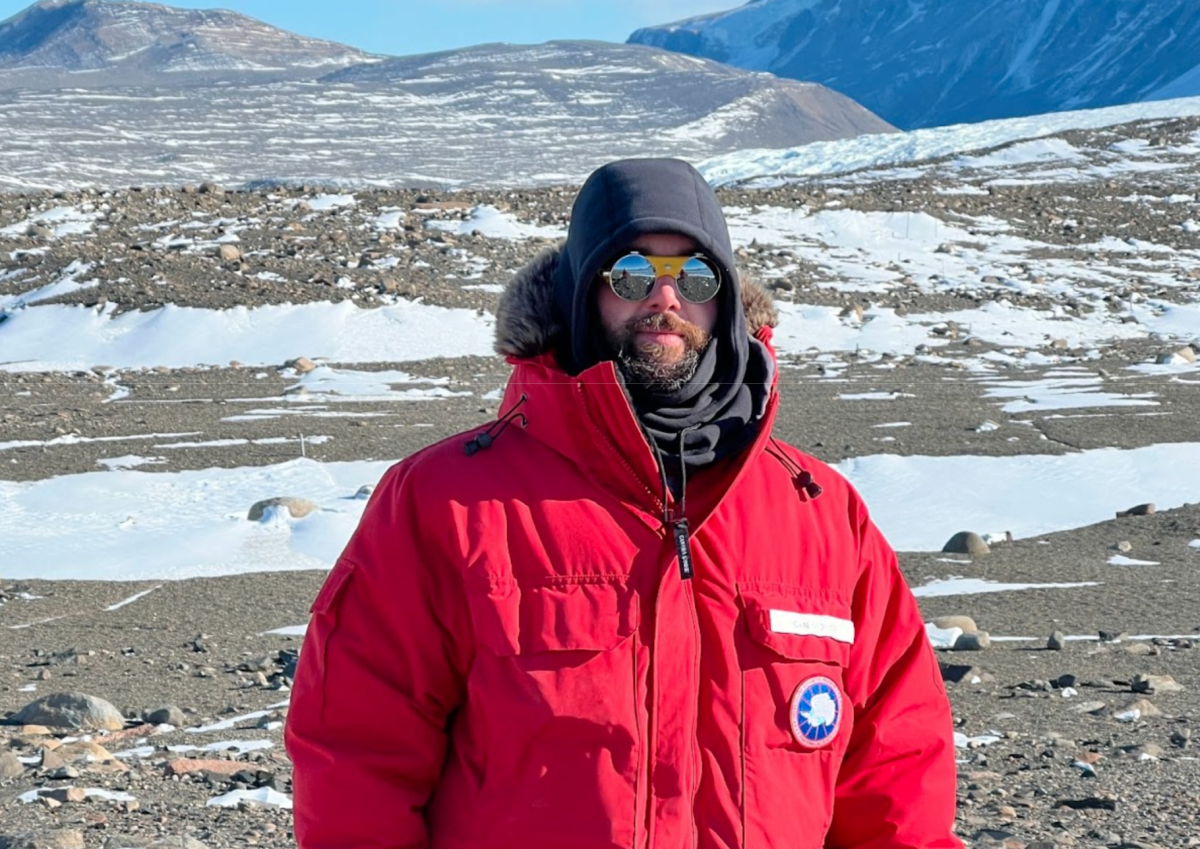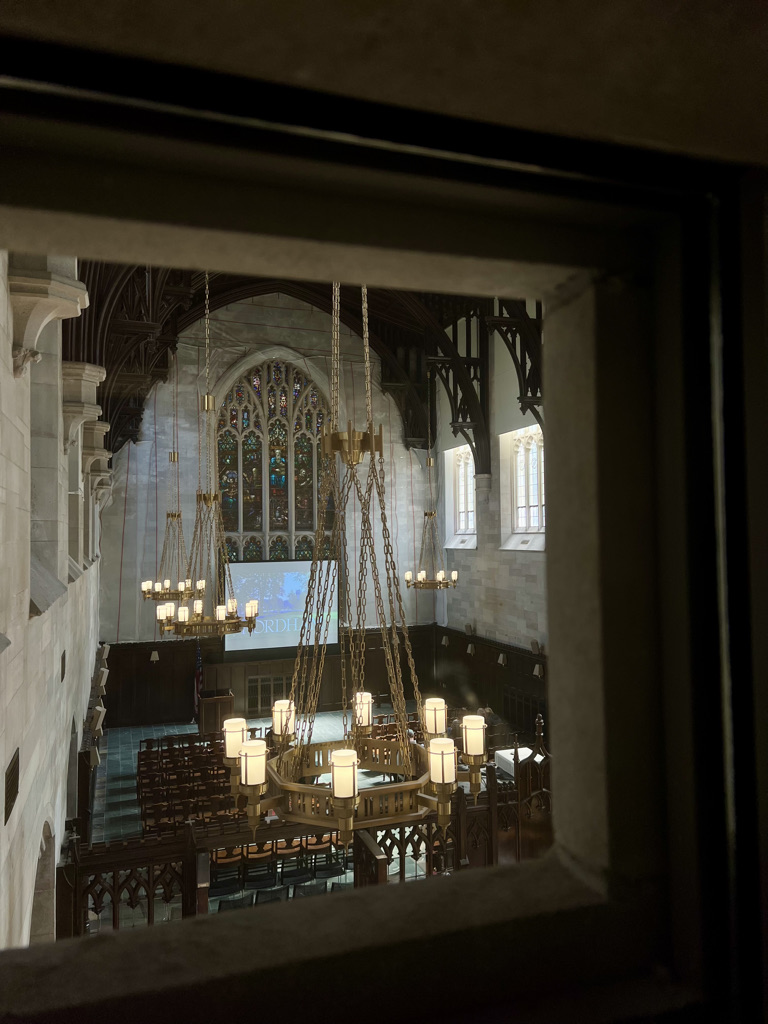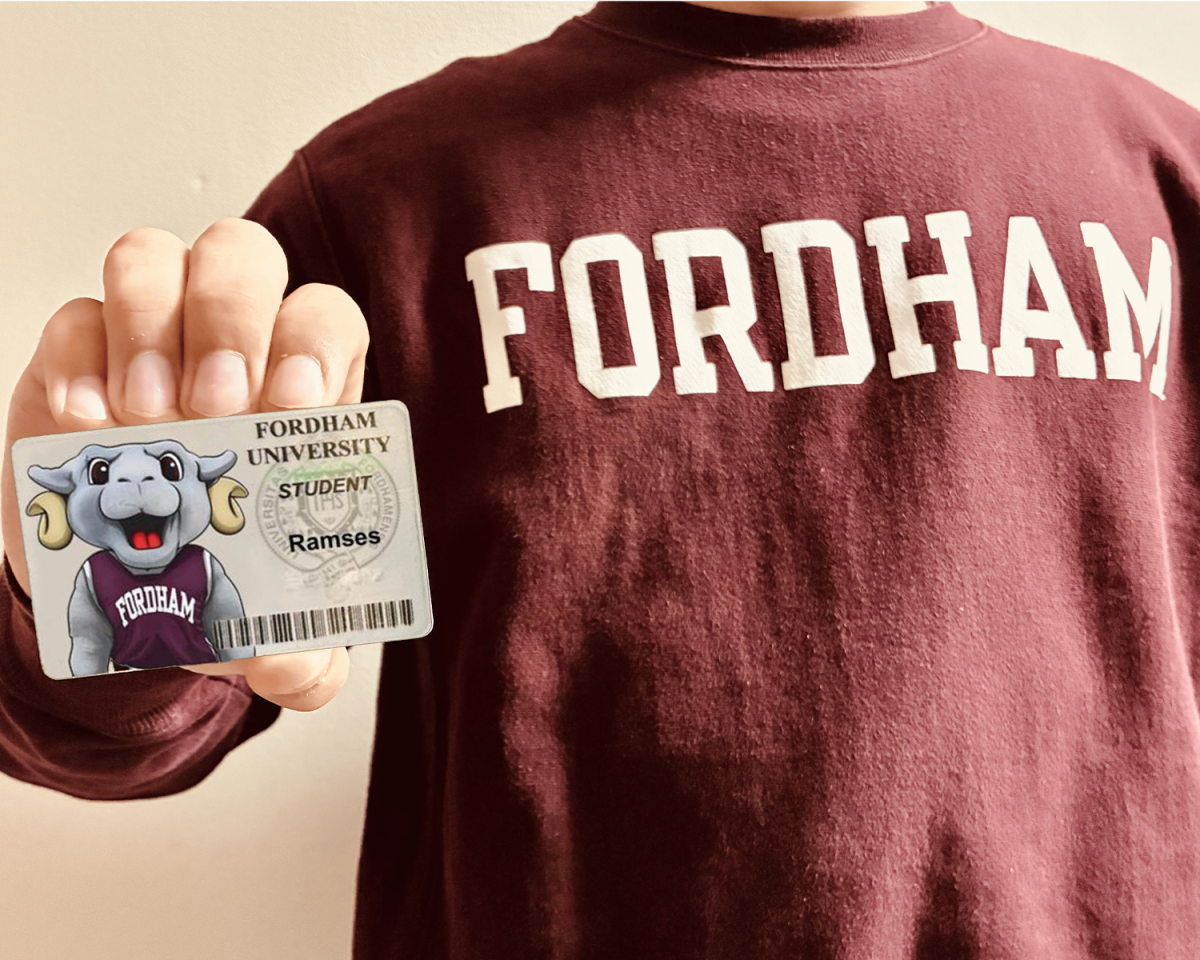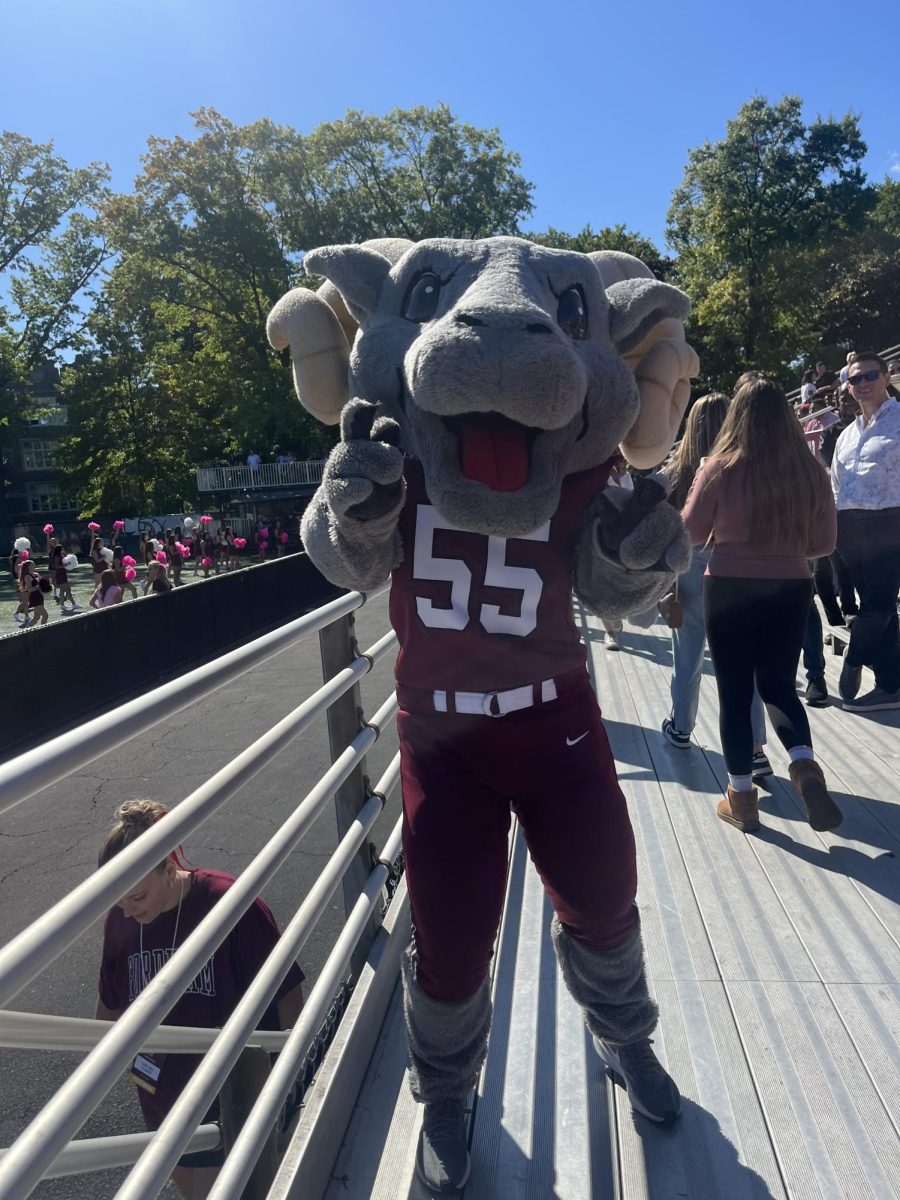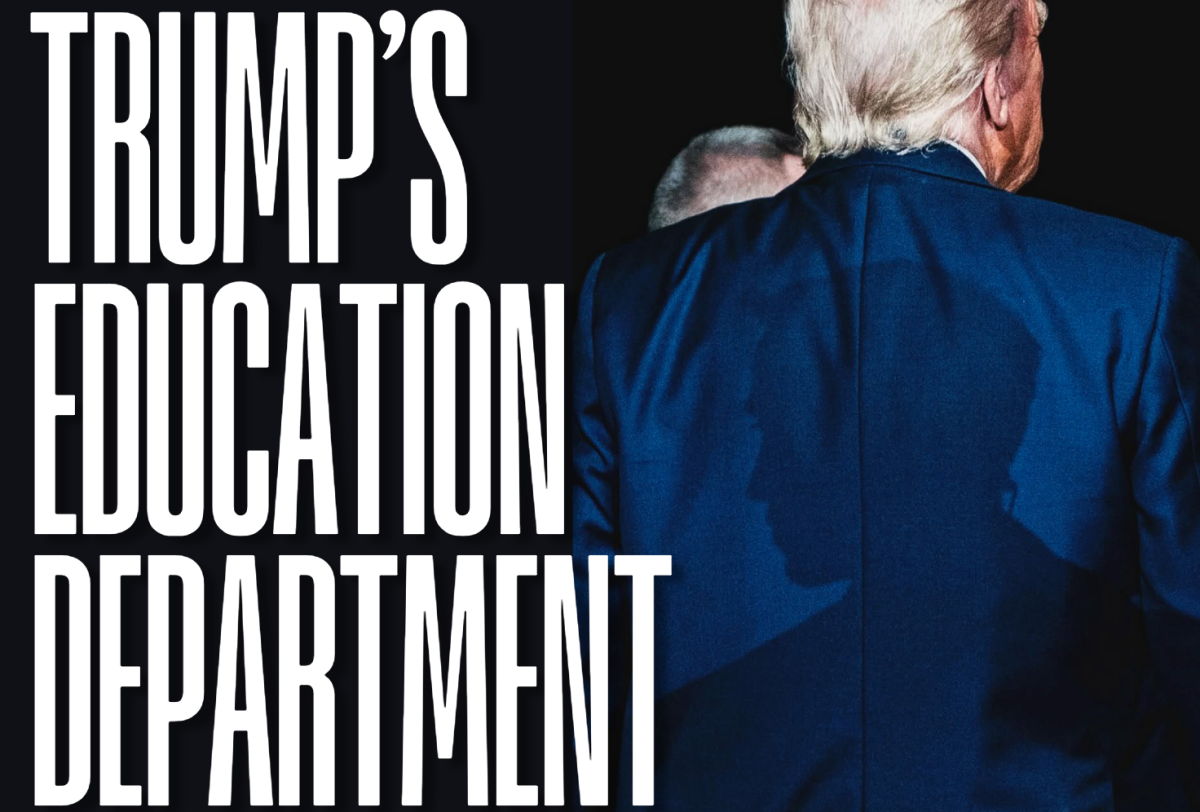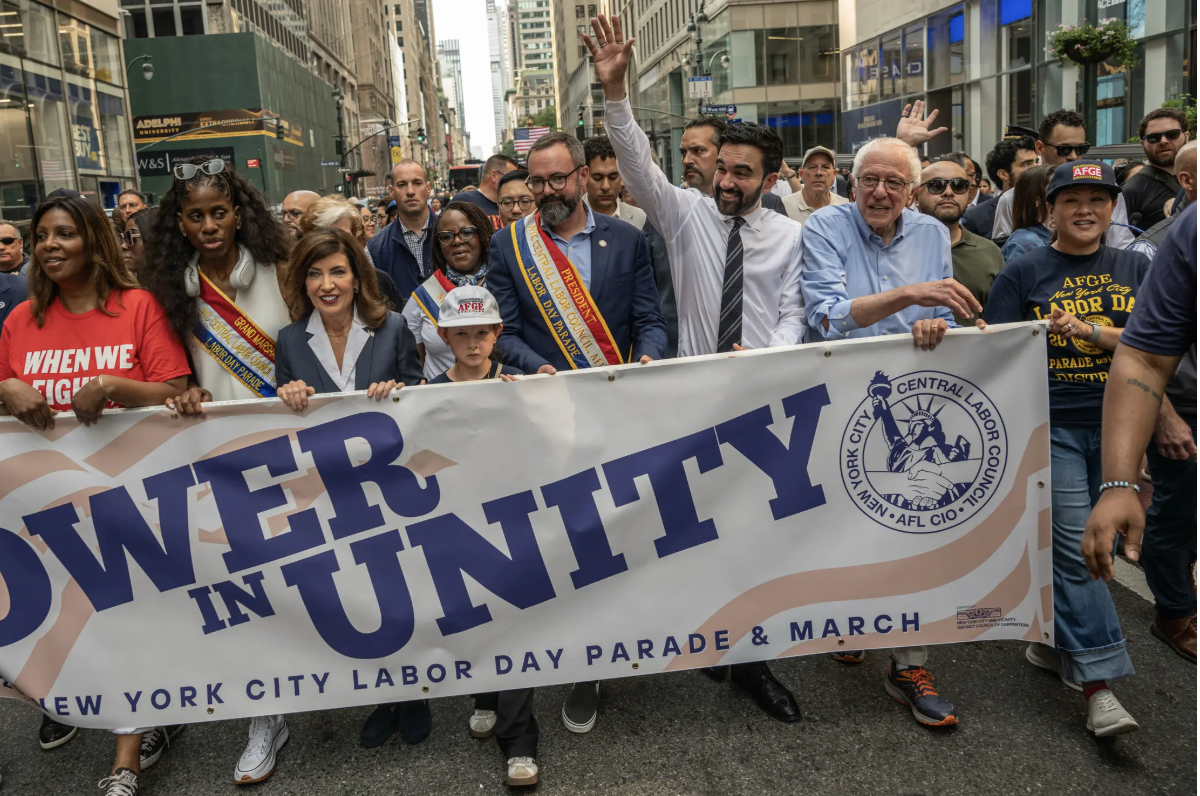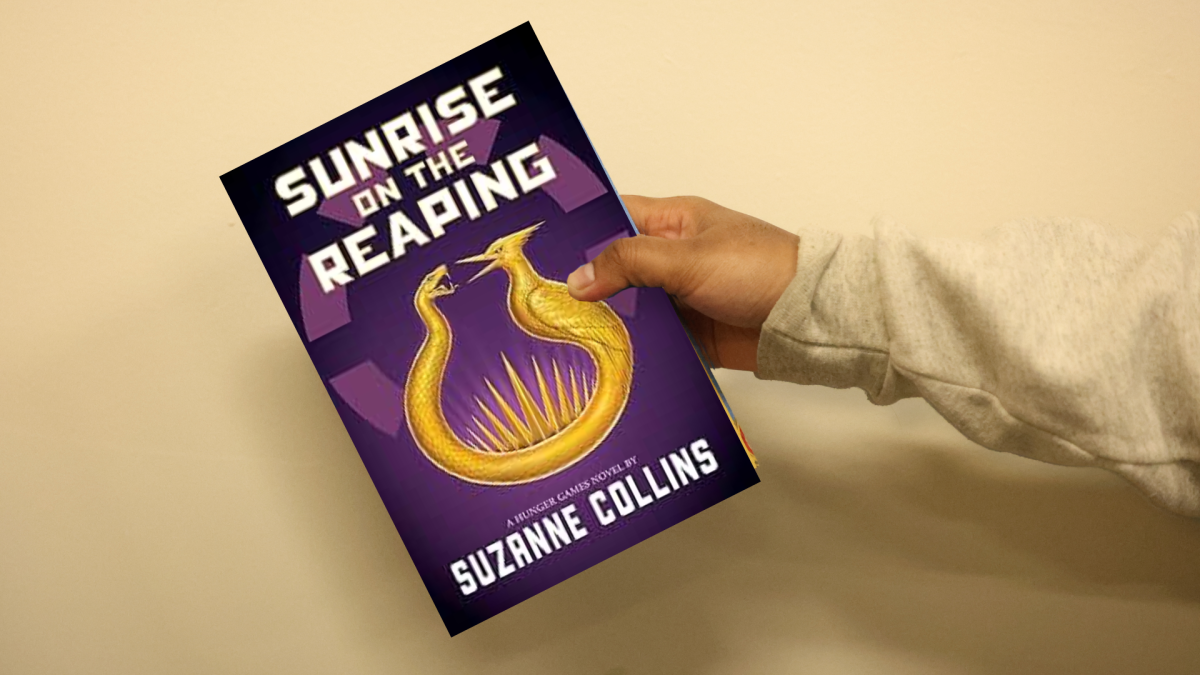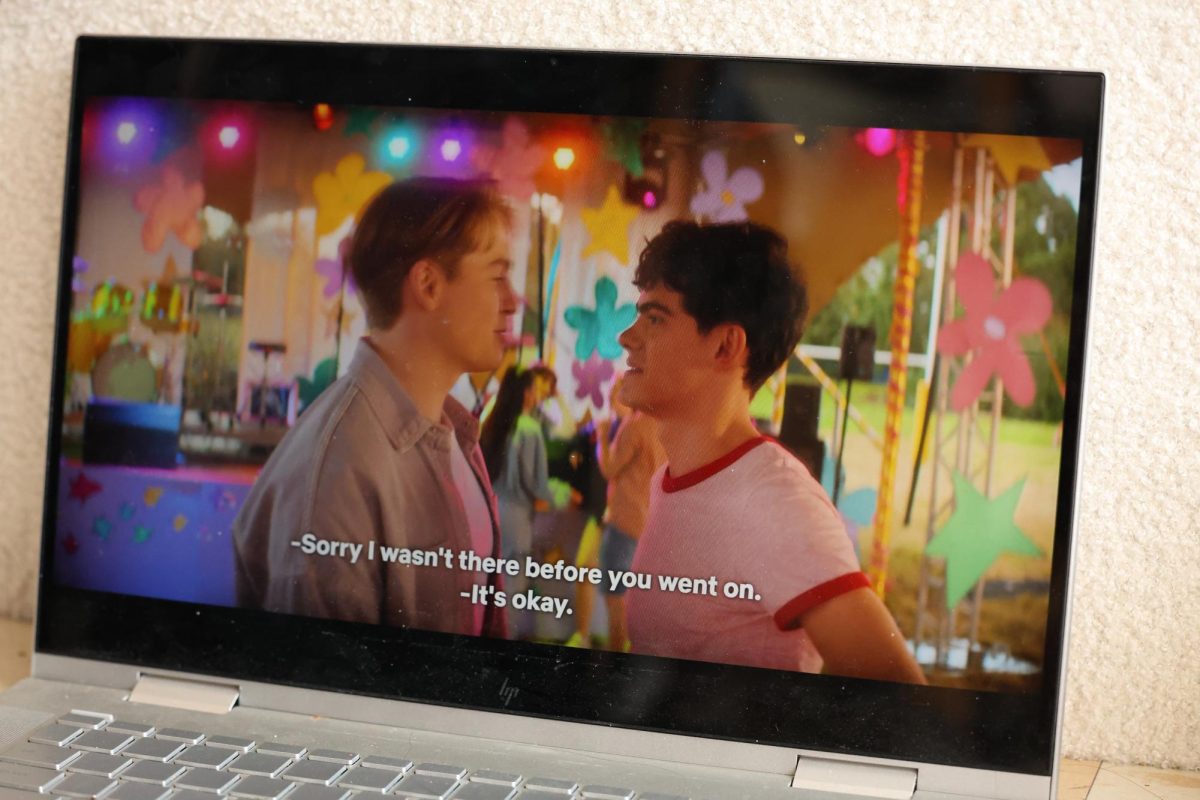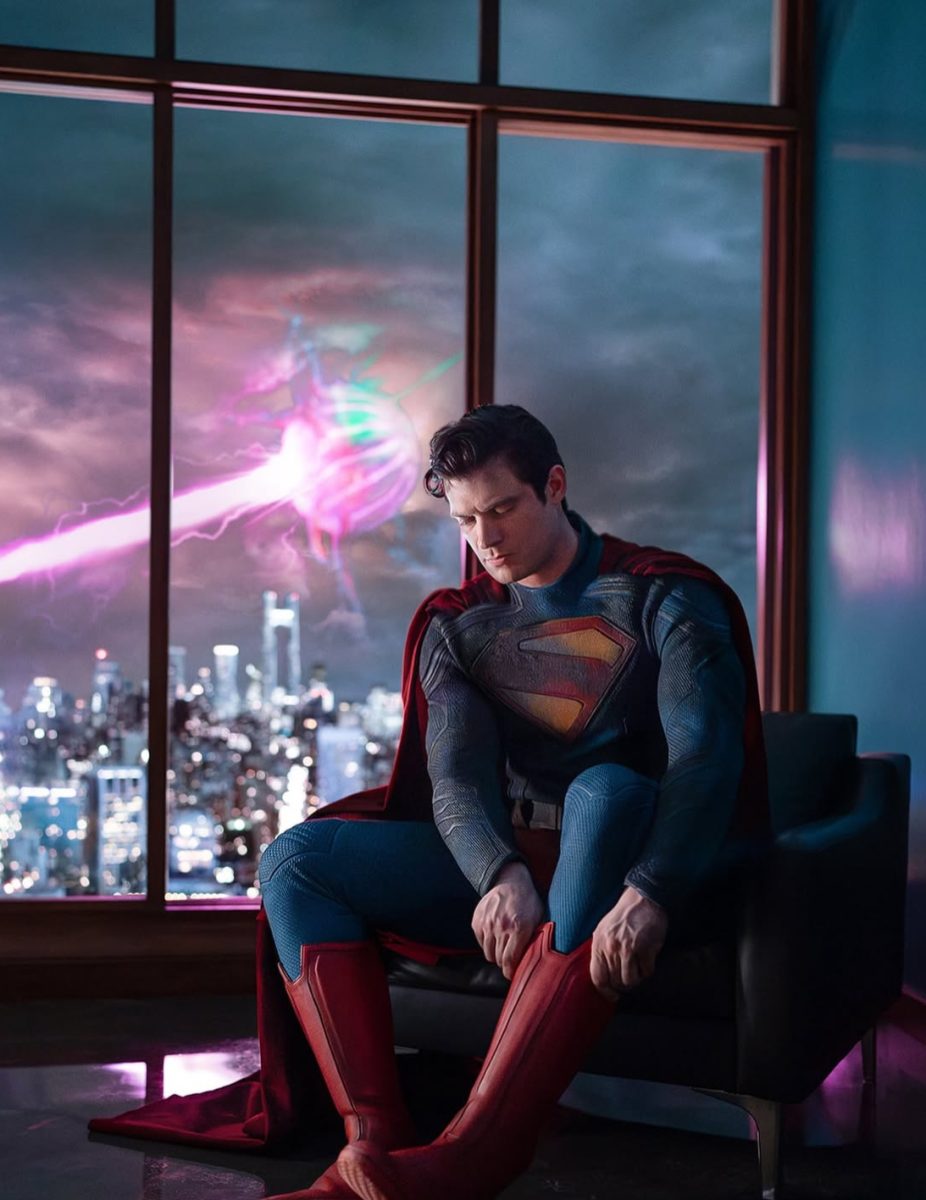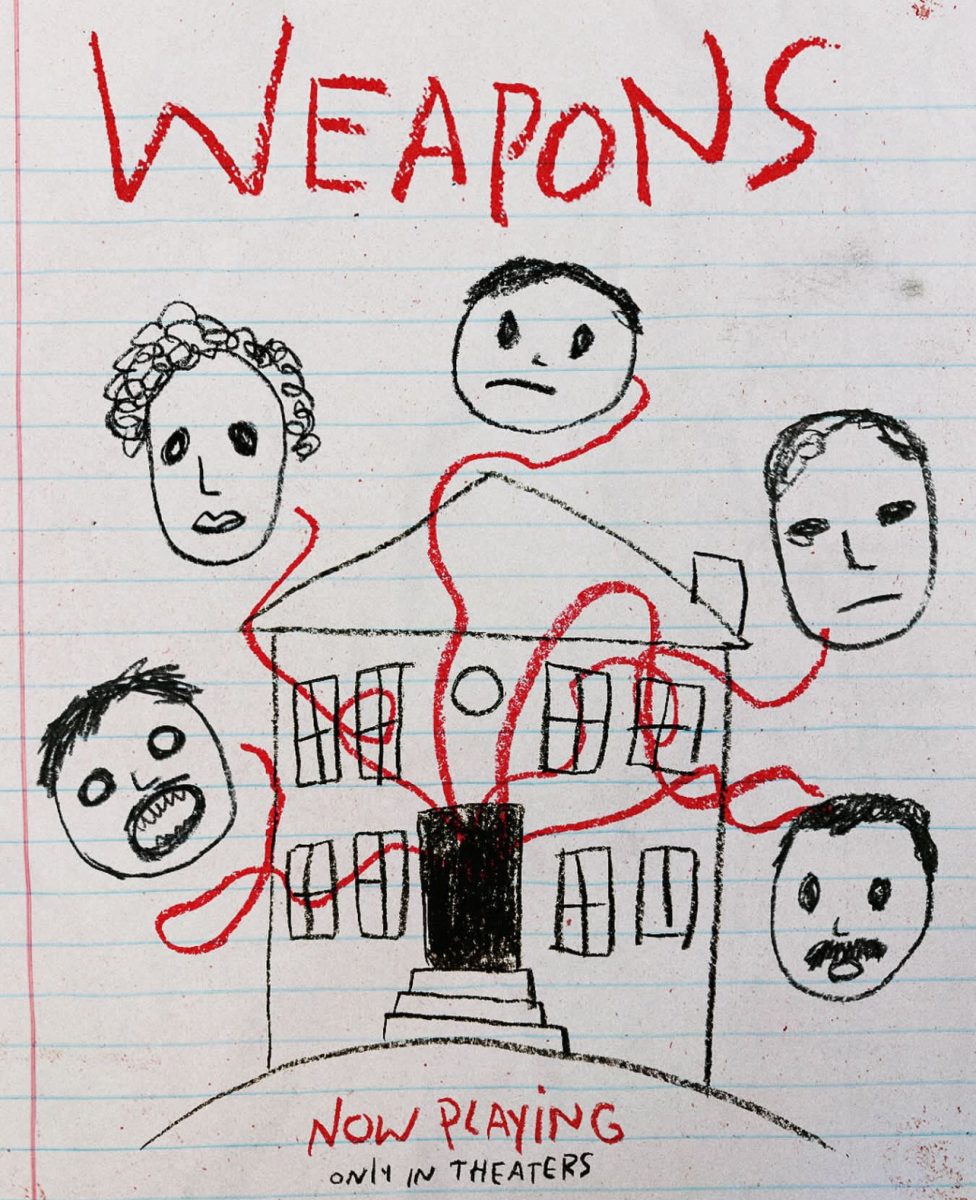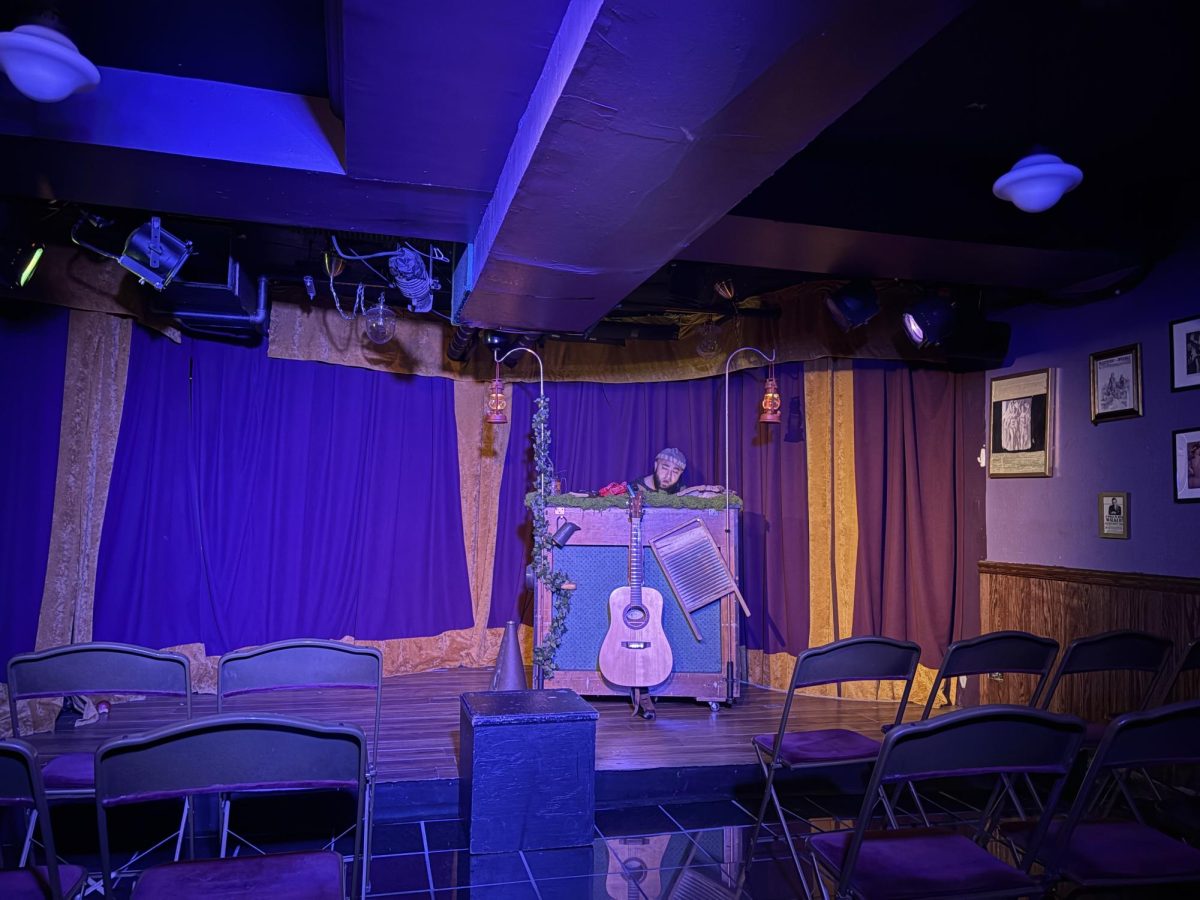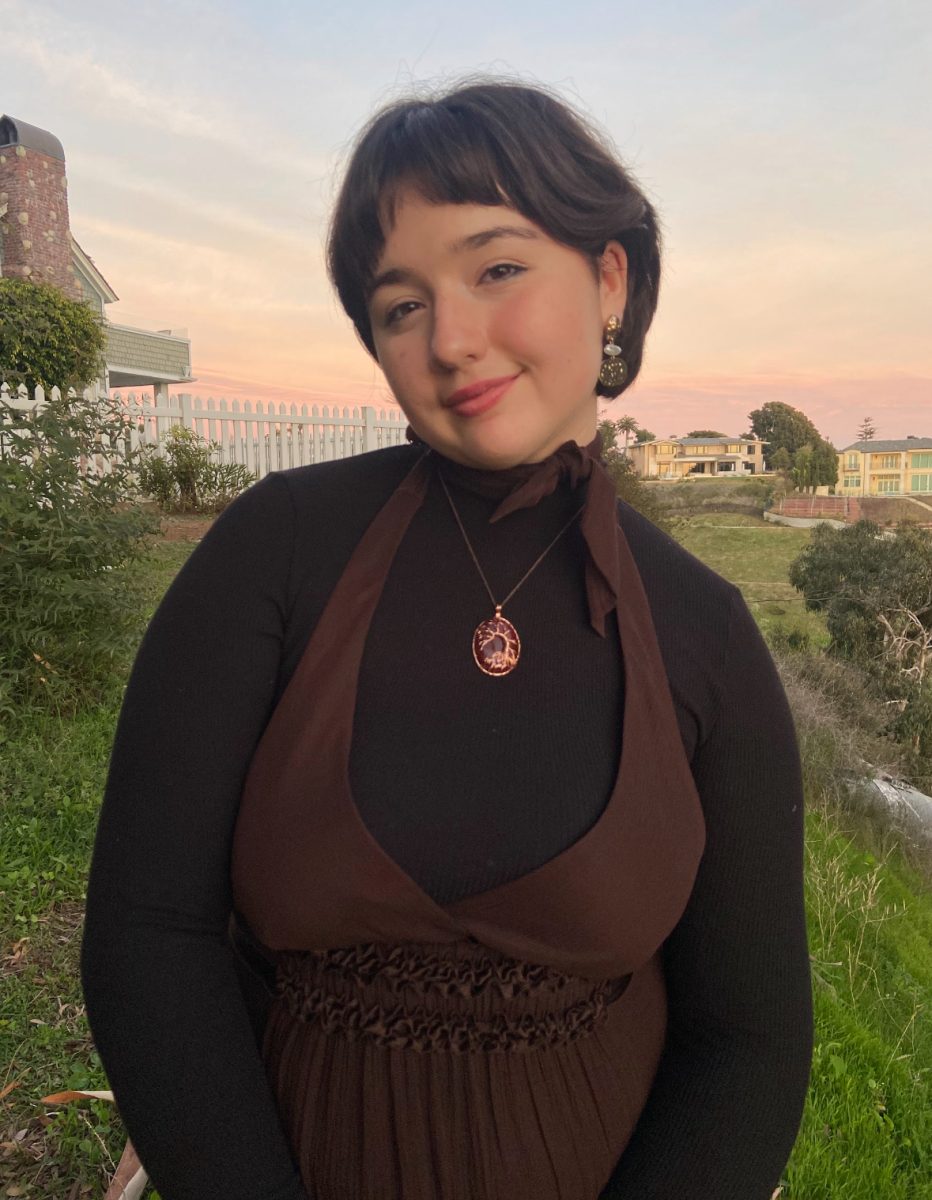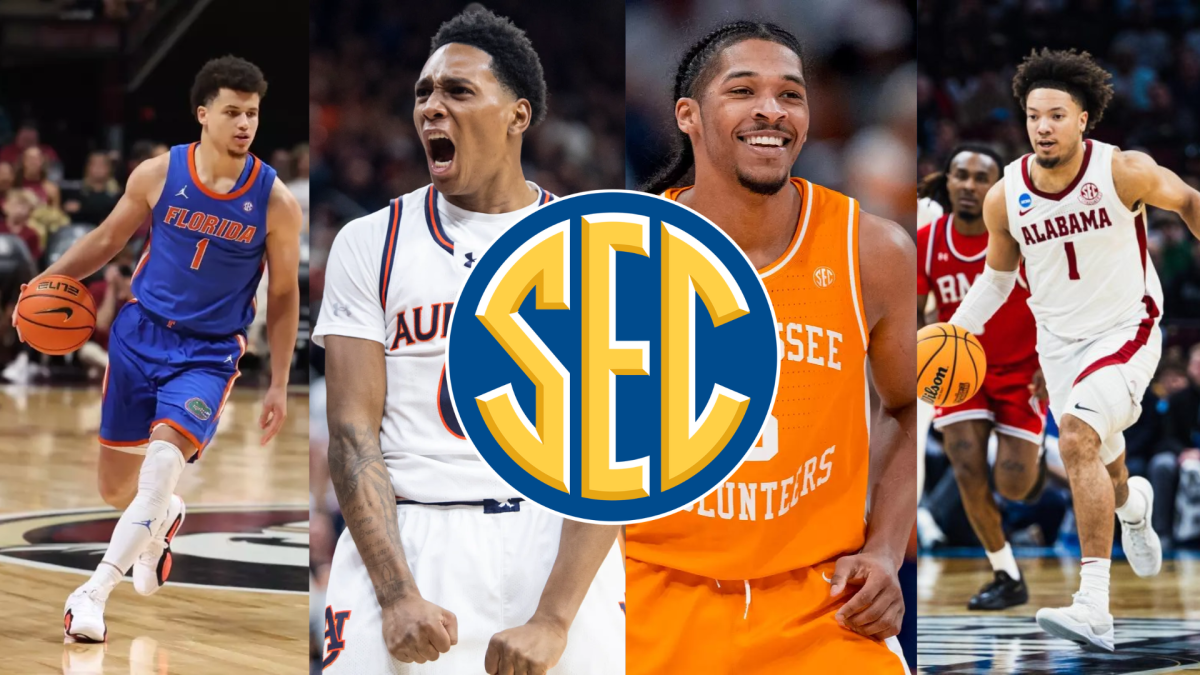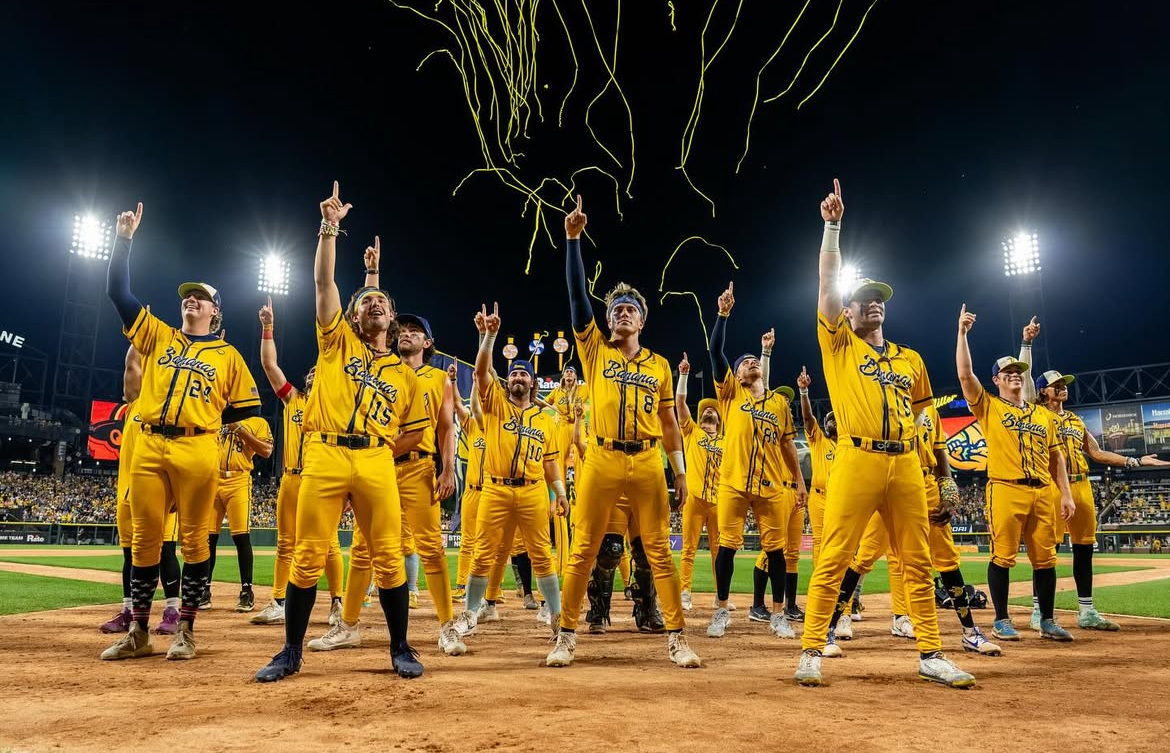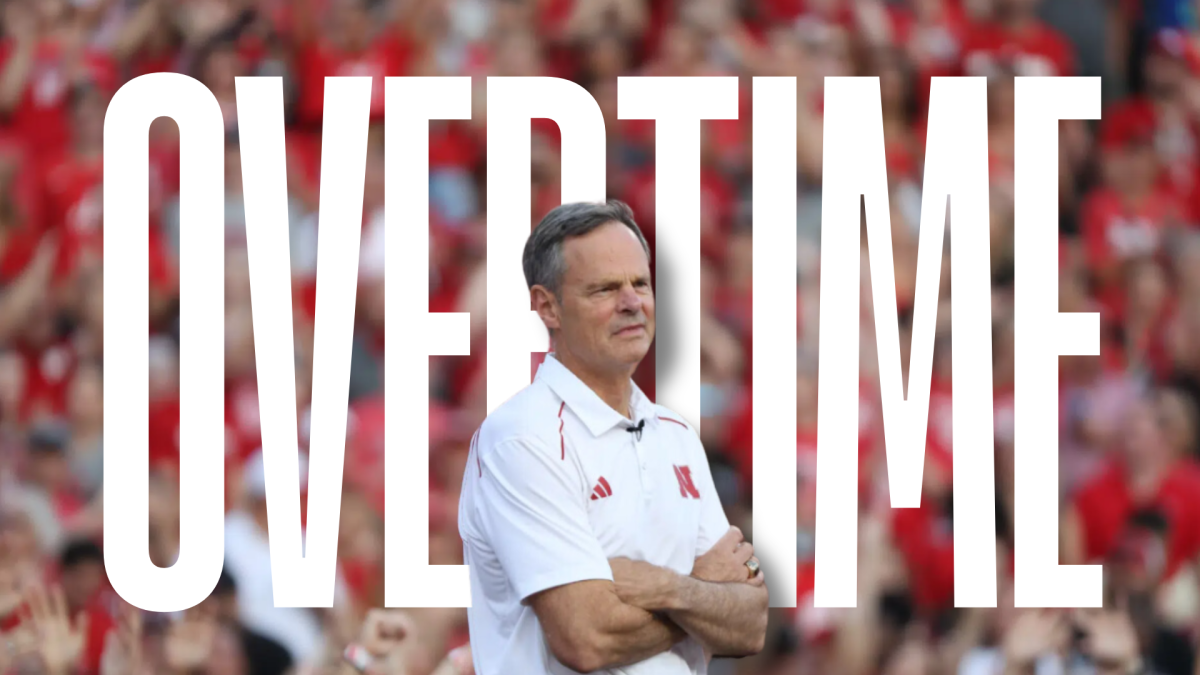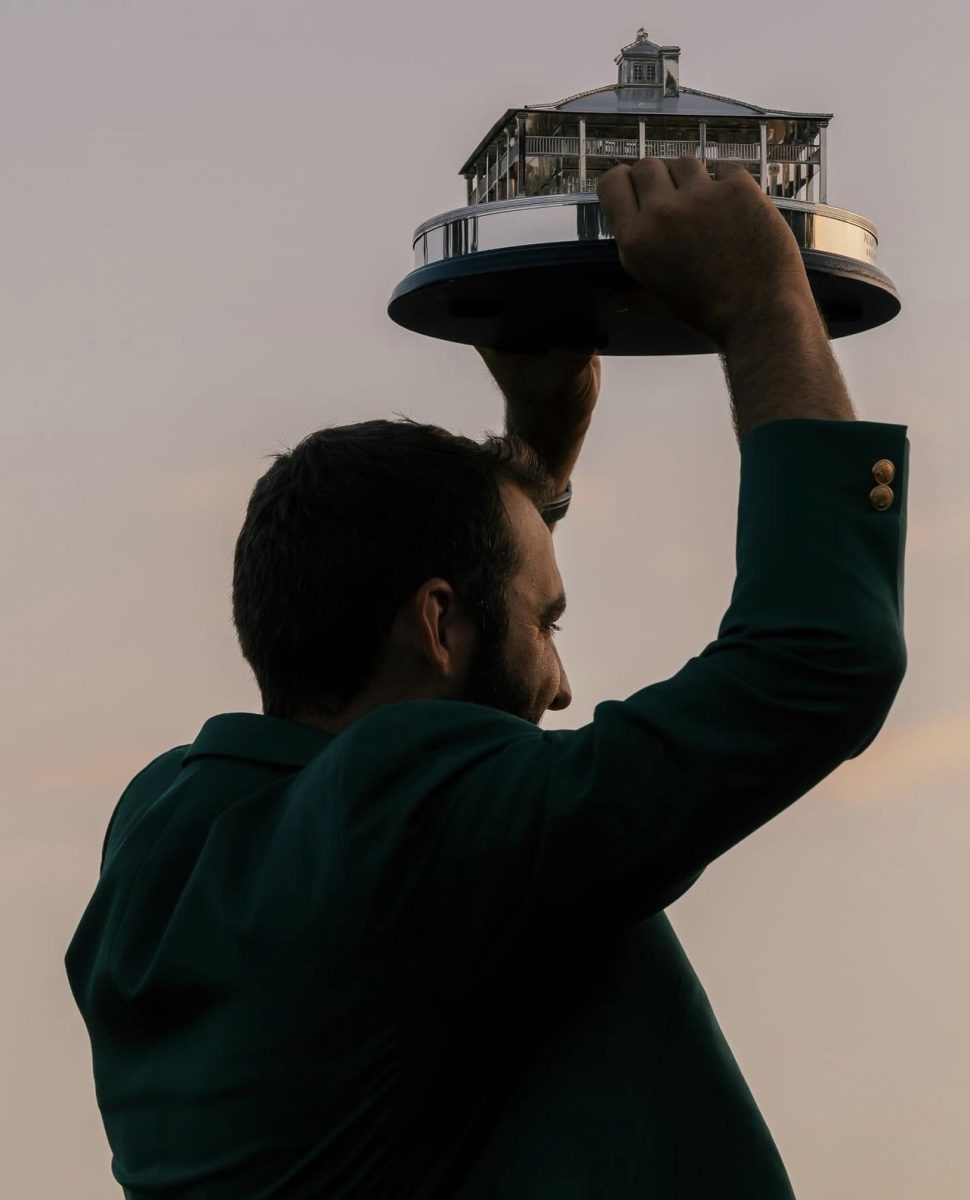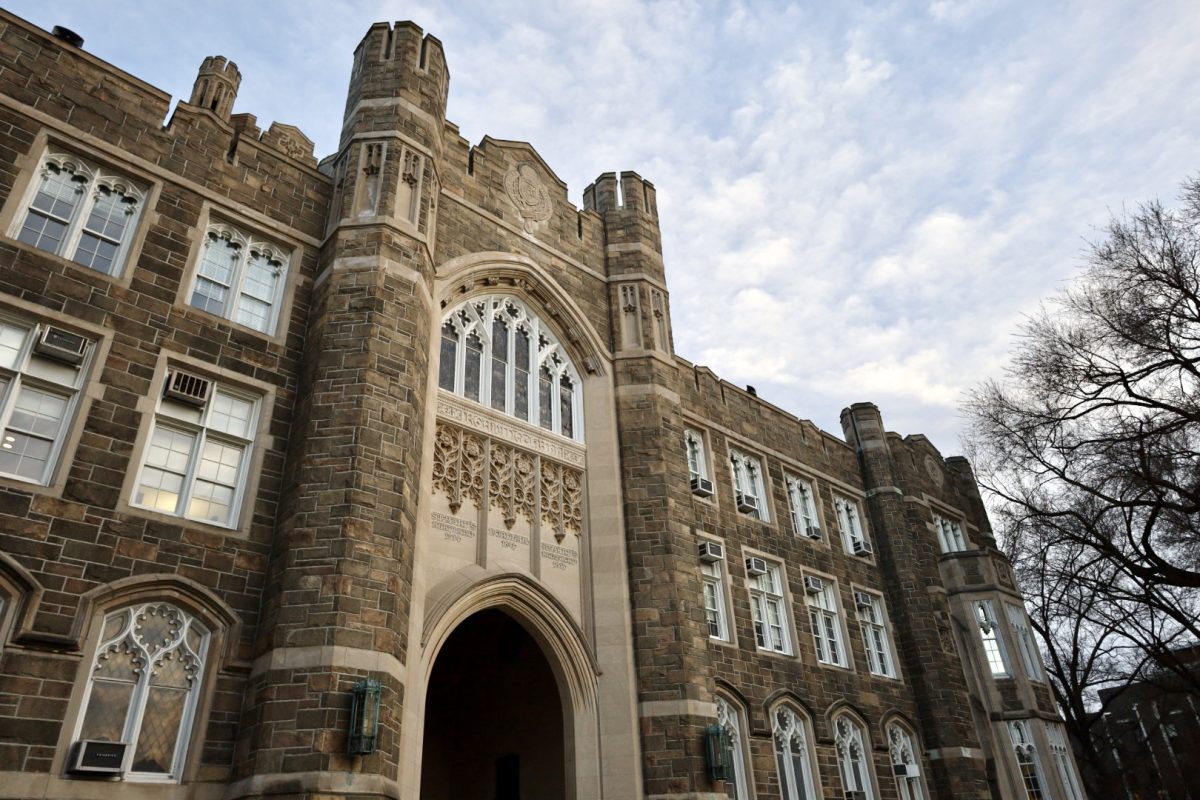By: Andrew Maddigan
On Feb. 15 the final episode of Gravity Falls premiered nearly four years after the pilot’s air date. The 40 minute episode delivered plenty of action and was achingly poignant and

bittersweet for fans old and new. The last part in a sprawling finale, “Weirdmageddon 3: Take Back the Falls” gave its viewers plenty of satisfaction with excellent animation, long-awaited reveals to some of the shows longest-running and infamous mysteries and resolution for the shows’s leading twins and the other denizens of the other titular town.
In the first part of the episode, the survivors of the town’s localized apocalypse continue their fight against Bill Cipher, the inter-dimensional demon that manipulated his way into the real world so that he could take over this dimension’s universe. Despite the wonderfully animated steampunk mech battle that consumes the first 15 minutes of the special finale length episode, the final conflict boils down, as it always does in “Gravity Falls,” to character conflict. Previous episodes broke down the relationship between the younger set of Pines Twins, Mabel and Dipper, so it is now time for their twin great-uncles Ford and Stan to shine. For the sake of their family Stan and Ford are able to put aside their differences, resulting in a chilling and immensely satisfying death scene for “Gravity Falls’” undisputed villain.
Following their victory, all that would be left for a normal television show would be a hasty, but hopefully neat resolution that gives the shows’ reasons for ending (wildly popular, “Gravity Falls” could have very well continued for twice the amount of seasons it has).
However, “Gravity Falls” does not fall into that cliché, which is especially prevalent for animated shows of its like. Shows comparable in quality and target audience, such as “Steven Universe” or “Adventure Time,” almost never get the series finales they deserve because it is nearly impossible to give a convincing and satisfying resolution to the kind of premises that those shows have. What most often happens is that the show tries to wrap up existing plot lines while hinting that the characters’ will go on just as wonderful as before; they will just keep occurring without the viewer.
But “Gravity Falls” is not like other shows. Where many television shows, even adult dramas, would try their best and fail in those last ten minutes or equivalent, “Gravity Falls” succeeds. This success does not come without the show’s overall terrific quality and writing setting up the finale’s success, but the main reason the finale succeeds as well as it does is that “Gravity Falls” delivers on the promise it gave to fans at the show’s very beginning. The promise was that this would be a story about twins Dipper and Mabel Pines and their weird and wacky adventures for one summer in the mysterious town of Gravity Falls. Despite the fate of the world hanging in the balance in the final episode, as in so many other animated shows, it is the last ten minutes that the creators use to remind the viewer that they are keeping their initial promise.
Whatever other events and weird fantastical happenings occurred on “Gravity Falls,” the show kept the focus on family and the hardships of growing up. Because of this kept promise, “Gravity Falls” functions much less like a “Pokémon” or “Phineas and Ferb” and much more like a classic John Hughes movie like The Breakfast Club or Pretty In Pink. Described by the show’s creator Alex Hirsch as the “The Simpsons” meets the “X-Files,” “Gravity Falls” took four years to tell the story of one summer vacation for Dipper and Mabel Pines. Because “Gravity Falls” focused on keeping its promise, “Weirdmageddon 3: Take Back the Falls” was able to provide the perfect ending to a story worth watching.












